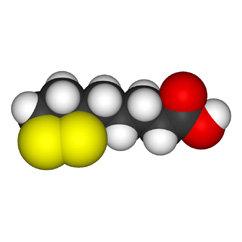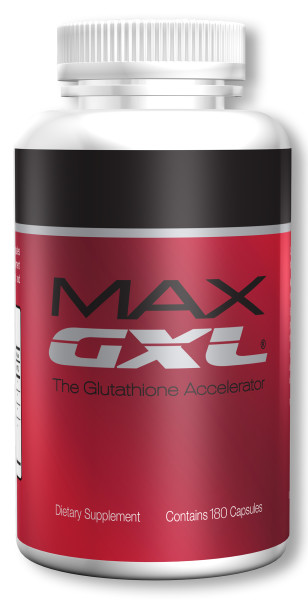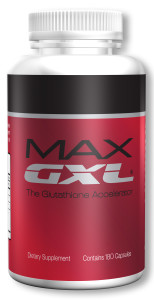
Available in every single cell of the body – much like glutatione – alpha lipoic acid (ALA) is an antioxidant that helps your cells transform glucose into energy. Unlike antioxidants like Vitamin C which can exclusively work in water or vitamin E which only works in fat , ALA operates in both water and fat. It can work anyplace in your body. Like other antioxidants, ALA neutralizes free radicals -metabolic waste – from your cells before they grow to be crowded and toxic from a build up of waste. In contrast to most other antioxidants, Alpha lipoic Acid can help to replenish other antioxidants once they have collected the odd electrons and renders them capable to continue to neutralize more free radicals.
ALA is also used as an abbreviation for Alpha Linolenic Acid which is an omega-3 fatty acid, connected with heart health, but this is not the same as Alpha lipoic acid – also known as Lipoic Acid.
Several studies have indicated that ALA may possibly be able to help lessen levels of blood sugar and combined with it’s antioxidant properties, ALA might be valuable to people suffering from diabetic peripheral neuropathy, relieving some of the discomfort brought about by nerve damage.
Researchers are studying alpha lipoic acid to measure its effectiveness against glaucoma although they are yet to acquire sufficient data, but because it can pass very easily to the brain, it is possible that ALA may well be useful as a protection against brain and nerve tissue damage. ALA is currently being looked at as a potential treatment for stroke and other brain problems with root causes based on free radical damage. Dementia is one such condition.
ALA is an ingredient in both MaxGXL and Cellgevity, both of which are available at Whole Earth Health.


